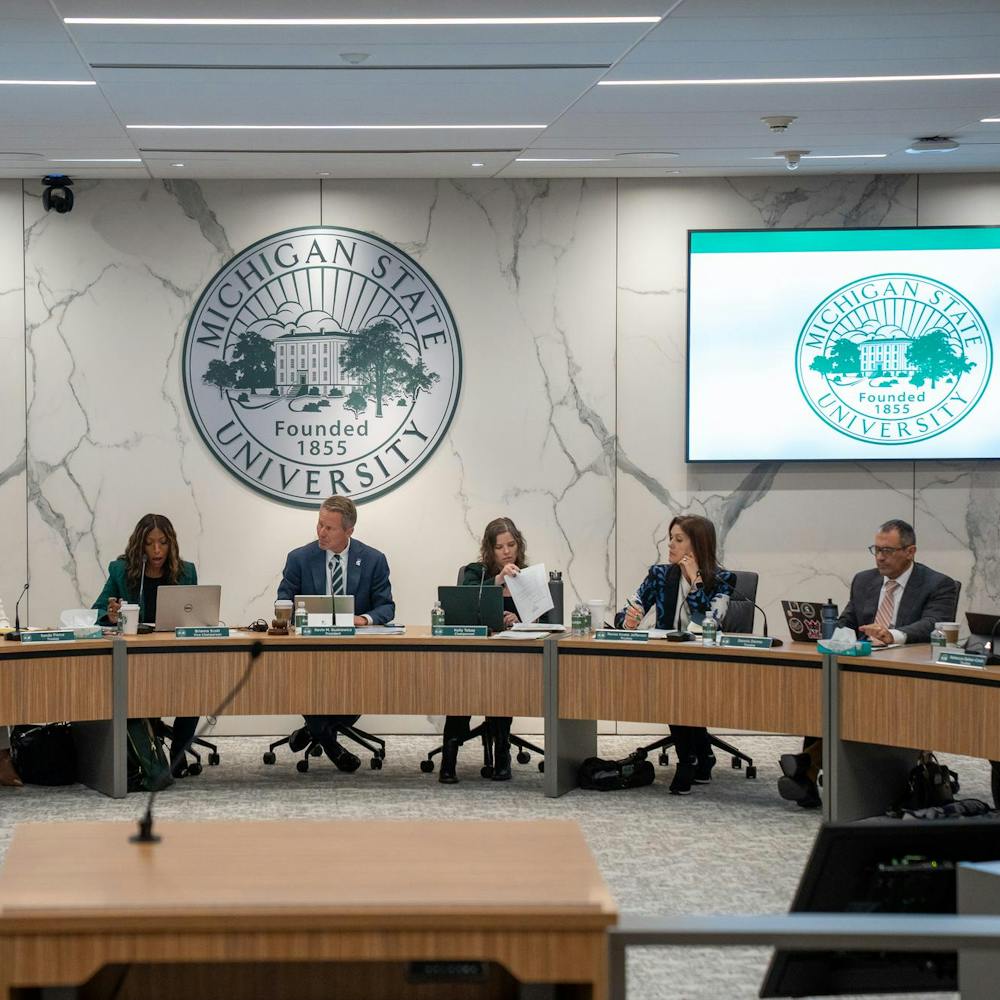In 1870, MSU enrolled and welcomed its first female students to campus — the first women admitted to a college in the state of Michigan.
More than a century later, the university had the highest number of enrolled women on a single campus in the nation. Yet despite progress, women who work as full professors make 96 cents to every dollar their male coworkers earn, on average. It’s only a four-cent difference, but the truth is, the gap exists.
Still, among Big Ten schools, MSU has the lowest gender pay gap difference. Purdue and Indiana University follow closely behind MSU, while the largest gap is at the University of Michigan.
Officials said explanations for these differences range from historical perspectives to career field choices to a lack of negotiating skills by women.
In a previous interview with The State News, Acting Provost June Youatt said women who started out with low salaries decades ago are, today, being paid calculated off those original wages. Unfortunately, the pay gap is highest among full professors who have been here the longest. Lower wages for women hired in past decades have been grandfathered into today’s society.
More men were encouraged to pursue higher education in the past as well, leading to a higher likelihood of men applying for faculty positions. This can be seen today in the disproportionate number of higher-ranked male professors, although greater numbers of women are among more recently employed, lower-ranked faculty.
Almost two-thirds of instructors at MSU are women. Among full professors, the ratio changes with male faculty outnumbering female faculty about 4:1.
“If you look at our older professors, it’s a lot of older men,” Youatt said. “If you look at the hires from last year, there is a balance between male and female.”
It also has been argued that inequities persist because women tend to go into a fields such as the fine arts and education at higher rates than men, and these fields generally do not pay as much as technical fields. This is perhaps because a higher value is placed on career fields such as engineering, a field in particular that has higher male occupation rates.
As gender roles become less pronounced in career fields and every occupation represents a more equal mix of men and women, pay differences will become less and less of a problem. Within the next couple of decades, the rising number of women entering technical fields will help eliminate the difference, associate professor of economics Scott Imberman said. As women begin to eliminate the gender stereotypes assigned to specific career paths by studying medicine, architecture and other traditionally male-dominated fields, the pay gap will shrink.
It’s encouraging that changes in the pay gap are moving in a progressive way, especially here at MSU.
MSU has taken on strong initiatives to close the pay gap. It conducts annual salary analyses and makes sure campus departments are clear and consistent in their decision-making process. Other efforts to close the gap include clarifying the process of raising wages and negotiating for better salaries.
These, among others, are great steps toward equity, but it’s important that we continue to address the issue until everyone is paid fairly and equally.
Support student media!
Please consider donating to The State News and help fund the future of journalism.
Discussion
Share and discuss “Steps toward equal pay for women encouraging” on social media.






